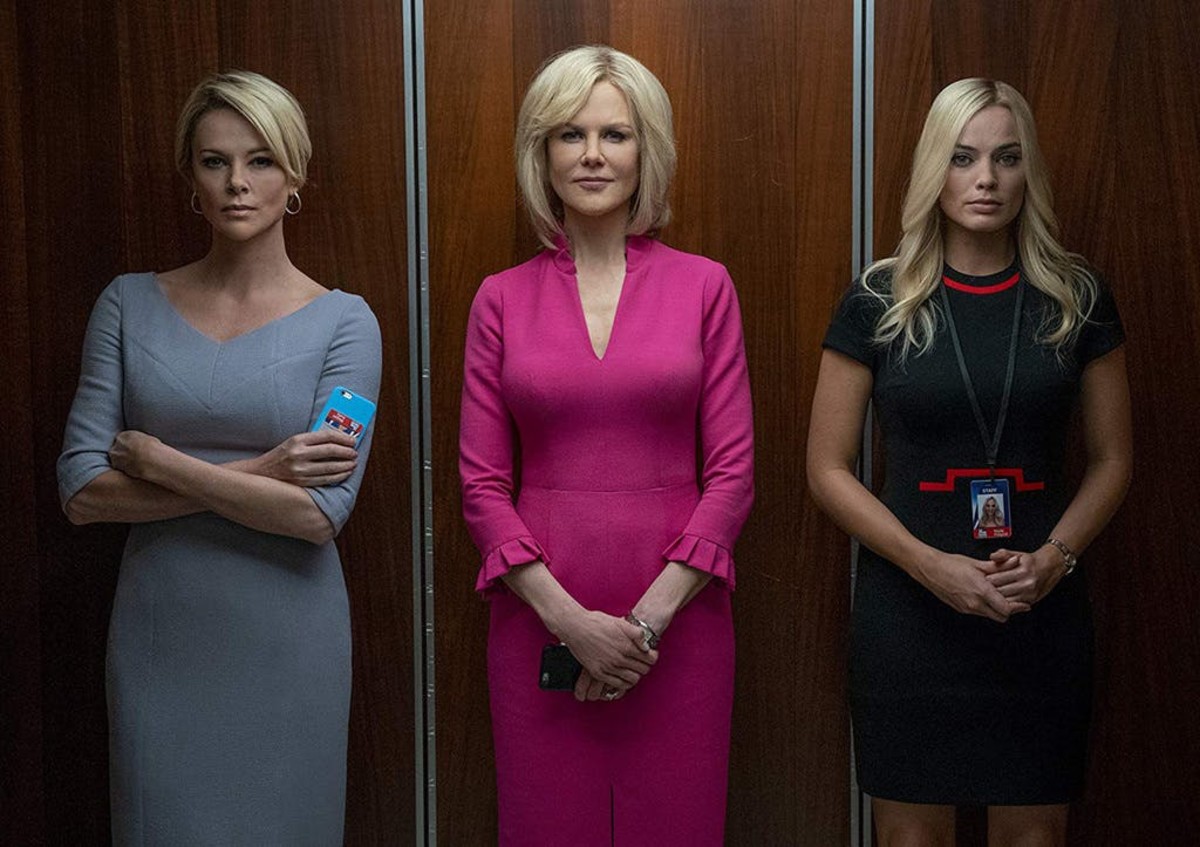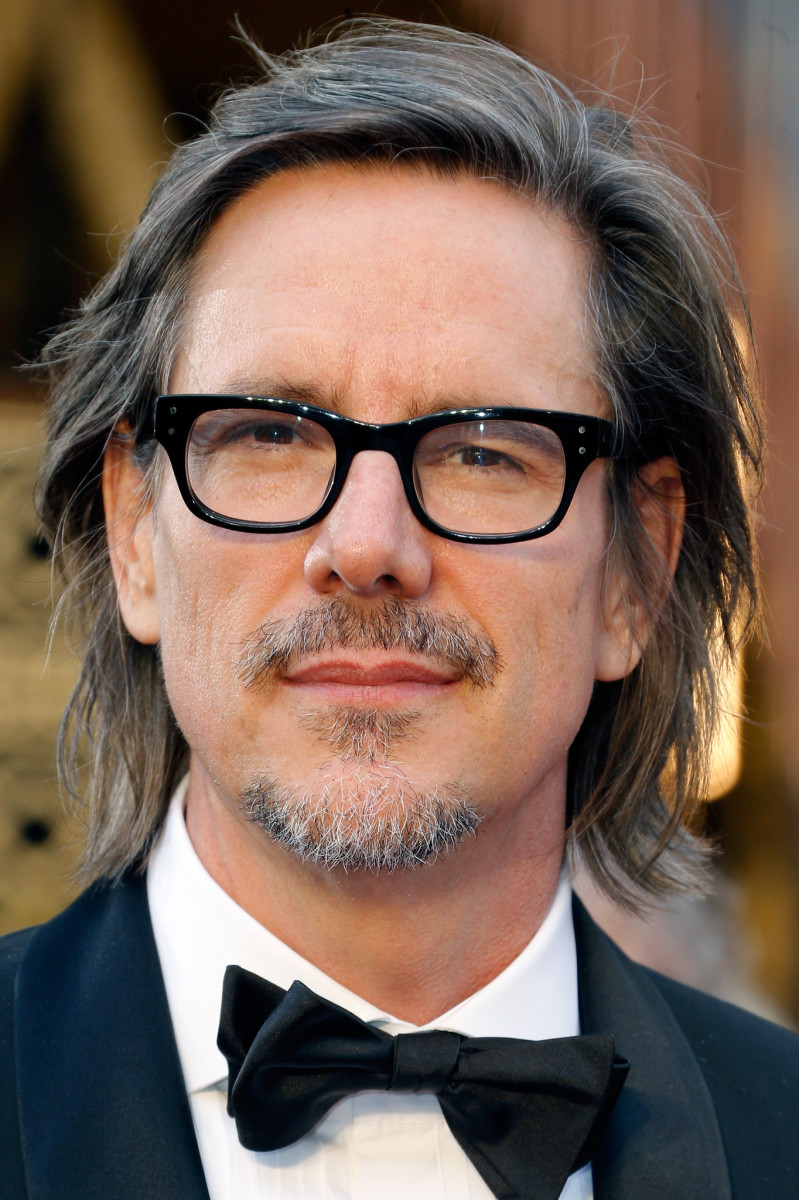Susan Kouguell speaks with Oscar-winning screenwriter Charles Randolph about his writing process when adapting a true story for the screen and the challenges of bringing “Bombshell” to life.
SUSAN KOUGUELL DEC 20, 2019
Click to tweet to your friends and followers!

I had the pleasure to speak with Oscar-winning screenwriter Charles Randolph in a very insightful discussion about the craft of screenwriting, the adaptation process, and his new film, Bombshell. Randolph’s credits include Love & Other Drugs, The Life of David Gale, and The Big Short, for which he won the Academy Award®.
About Bombshell: Starring Academy Award®-winner Charlize Theron, Academy Award®-winner Nicole Kidman, Academy Award®-nominee John Lithgow and Academy Award®-nominee Margot Robbie, and based on the real scandal, Bombshell is a revealing look inside the most powerful and controversial media empire of all time, Fox News, and the explosive story of the women who brought down the infamous man who created it. The film is directed by Emmy® Award-winner Jay Roach and written by Academy Award®-winner Charles Randolph.T
Kouguell: Let’s start with talking about your adaptation process for this film.
Randolph: It was really trying to cobble together as many sources as you can get. Part of that was that there was a great deal of journalism available. Usually what happens is when you do a canvas of stories you can generally feel who has access and who doesn’t. If you were to read 50 articles on Roger Ailes and Fox at that time, it became pretty clear that Sarah Ellison at Vanity Fair and Gabriel Sheman at New York Magazine had access to the Murdochs, and if not the Murdochs, to their label in a pretty intimate way. So, what happens is that you start to figure out pretty quickly whose perspective is framing the story and that helps a lot, and you can start to hierarchize and know what you can trust.

Over the course of writing the film, various people produced books, including Megyn Kelly and Gretchen Carlson, and these can be helpful for color and background. Then once I’m done with that process, I will meet people. It varies from project to project. I usually meet people later in the process. There are a couple of reasons for this, one is that I don’t want anyone’s NDA (non- disclosure agreement) to be put into question. There’s also a journalist thing when you sit down with someone who tells you a heartbreaking story of their lives and then you’re not be able to use it, because it feels very ugly to do so.
I wait and see whose story I’m going to need and then reach out to their representatives, contact them, and go meet them. I tend to do less than Jay Roach, the director, who likes to meet everyone. We made a concerted effort to sit down with just about everyone who has more than say, two lines in the movie.
For me, it’s a combination of primary sources in terms of books, articles, people writing about other people, and then the interviews, and from those three, using the most potent narratives you can. I love doing the primary research myself because you never know what jewels you will find that another writer might leave out, so if you have the time to do it, that’s great.
Kouguell: Was there any resistance about getting permission from Megyn Kelly and Gretchen Carlson and the others? How did that work?
Randolph: It makes a difference, and I won’t lie to you, if you have an Oscar. It gives you a little bit of credibility, so the big, important people know that this is going to be real. It’s much easier to do that now than it was previously. Then more than that, once the project is going into production and actors become attached and those names are associated with the project, then generally people want to talk. Leveraging a bit of that can help a lot.
It’s also about being as gracious and honest as possible. I always tell people, I’m not a journalist, so we can have conversations that are background that not only will no one associate with you, but also, even if everything is on the record, I don’t know if I’m going to be using those details, so people won’t know it’s you.
It’s really a matter of everyone getting to know the world and recognize that some things, even though there are only two people in the room when it happened, one of them had to have talked. Volunteering information for a film is a much safer prospect than speaking to a journalist. And generally speaking, people like to talk.
Kouguell: Let’s talk about your choice to have the Megyn Kelly character break the fourth wall in the opening scenes.
Randolph: We employed some of this in The Big Short to explain technical concepts. In Bombshell, the idea here was that you needed to very quickly get the logic of the Fox News architectural space, how it exists in that building, how the power was represented in that building, but also what it means to the culture, the flavor of that culture, what the culture was, and the role of Roger Ailes in that culture. We thought we’d do a presentation moment because Megyn is a journalist, and occasionally on her show talked to the camera, as she did famously in the election of 2012.
With all these meta devices, I always say the same thing: Only use them when they’re the only solution available to you to communicate something that you cannot communicate otherwise.
And even in doing that, realize they’re not always going to work.
Kouguell: You created empathy for your characters who many might feel are not empathetic in ‘real life.’
Randolph: Some of these characters we think we know but really don’t. The film is inherently humanizing and one of the things that’s fascinating to me, is a lot of people struggle with the fact that they are identifying with Megyn. We don’t ask you to like the characters, although some people say we do, but that’s not true—we just want you to see them as human. So, much of our understanding of these humans is based on the news, and news is a different function than entertainment. News is about imposing order on chaos. It’s like giving us a story about what’s going on in the world. It’s like giving things labels. Because Megyn and Gretchen don’t live up to that label you have in your head, it gives me an opportunity as a screenwriter to play with your expectations.
I have a friend who asked, ‘Why didn’t you show Megyn as complicit in that culture at Fox?’ and I said, the whole point of her character is that she comes to understand that her silence makes her complicit in the harassment of other women.
I say this to actors all the time, great performances come from characters we are ambivalent about. Do you like Charles Foster Kane in Citizen Kane? Well, no, you don’t like him, but you understand him. Or Tracy Flick in Election? She’s so interesting and so indicative of a cartoon but also of a type that is sort of real. But do I like Tracy Flick in terms of like? No, I don’t like her—she’s just mean. There’s that thing—great movie characters occupy that space that transcends our judgments, our easy judgments, and so that’s what you’re always striving for as a writer—to get people into a world where they see that character in the terms of that world, and that’s often very uncomfortable in terms of life itself.